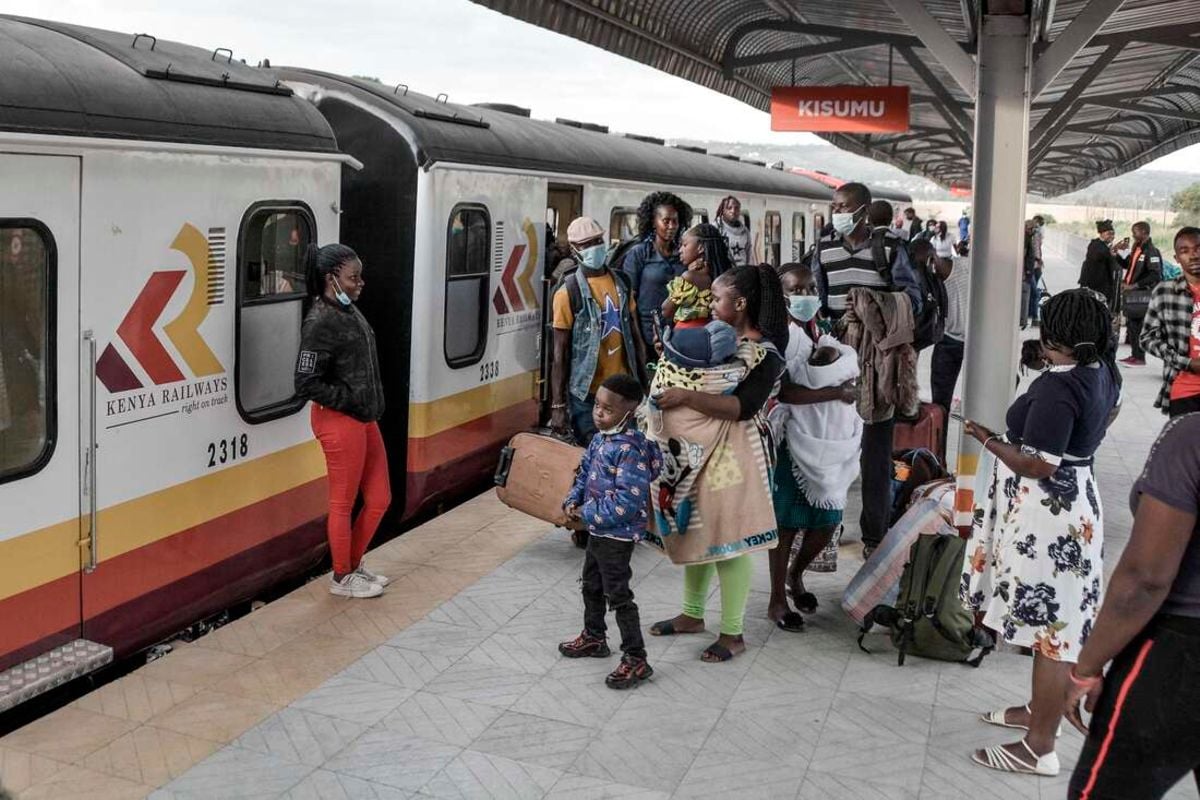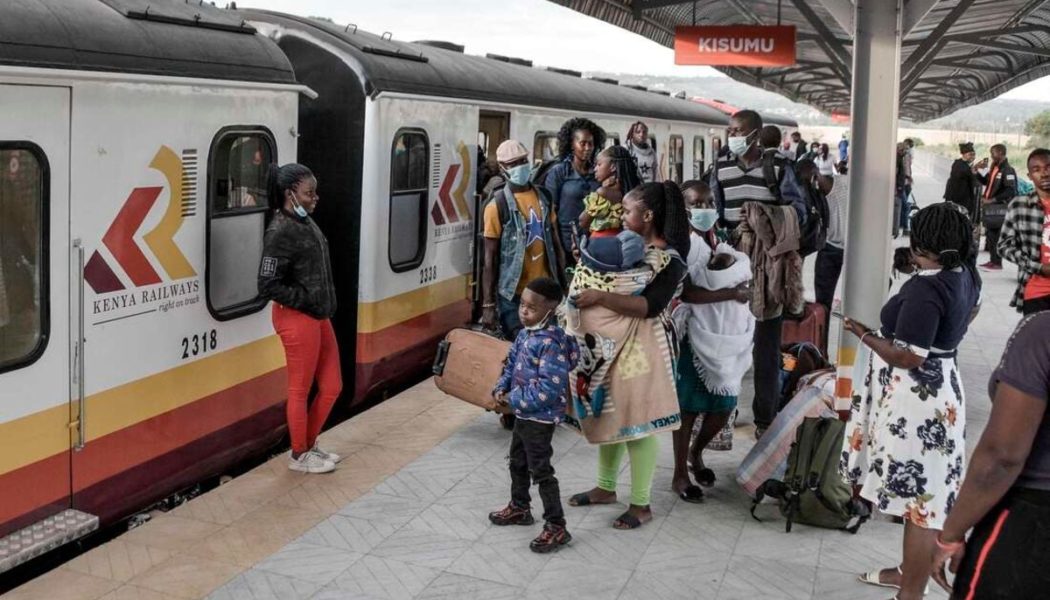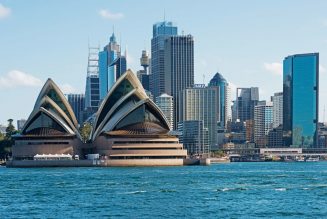
Revenue from passenger transit services on the metre gauge railway (MGR) dipped 6.2 percent to Sh84.2 million during the first half of this year compared to the corresponding period last year when earnings stood at Sh89.7 million, new data shows.
Figures from the Kenya National Bureau of Statistics (KNBS) indicate that the decline was caused by a slump in the number of commuting passengers, which fell 25.5 percent to 1.2 million from the 1.7 million recorded in the six months to June last year.
The MGR rail network serves Nairobi suburbs, such as Kahawa and Embakasi, and satellite towns, including Ruiru, Kikuyu, Limuru, Athi River, and Syokimau. Others are long-distance linkages to Nanyuki and Kisumu.
Fares to estates around the capital range from Sh40 to Sh60 during the morning and evening rush hours.
During the period under review, the most lucrative route was the long-haul train service to Kisumu, which generated revenue of Sh17.3 million after carrying 21,180 passengers. The service was relaunched in December 2021 after the Kenya Railways Corporation (KRC) cited a surge in demand, especially for holiday travellers.
The Nairobi-Ruiru route was the second-most profitable, earning Sh15.7 million after a total of 296,562 passengers commuted on the route, although this was a drop from the Sh19.2 million earned between January and June last year.
Other top earning routes during the period were the Nairobi-Embakasi line which earned Sh13.2 million, the SGR link route (Sh10.96 million) and the Nairobi-Kikuyu-Limuru route (Sh6.6 million).
Revenues from the MGR passenger service took the biggest hit in 2020 during the Covid-19 pandemic after full-year earnings dropped over 50 percent to Sh82 million, down from Sh167 million the previous year.
This was a result of the restrictive measures imposed to contain the crisis, in particular the night curfew as well as limitations of movement in and out of the Nairobi metropolitan area, Mombasa, Kilifi, Kwale, and Mandela, which had adverse effects on the logistics sector, including public transport and the long-haul transit.









